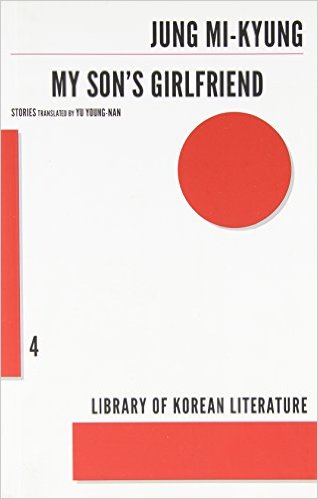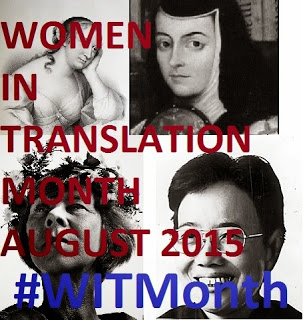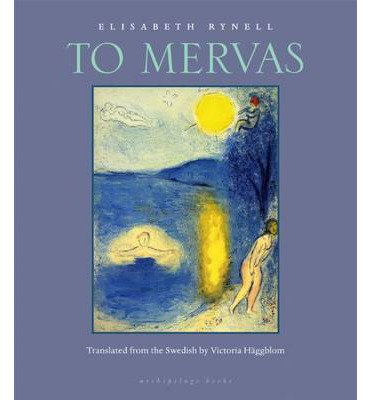The first two stories in Jung Mi-kyung’s collection My Son’s Girlfriend were good, but they didn’t prepare me for this…
‘In the Wind’ started innocuously enough, with its narrator looking at the quivering bunch of cells in the Petri dish before her, and wondering if IVF is really what she wants. But then it got under my skin, and I’m still trying to process how and why.
Now, I’ll admit I’m a sucker for symbolism and patterning in a story, and ‘In the Wind’ has plenty of those. The would-be embryo looks to the protagonist like a flower, and there are recurring images of petals, and fragile things blowing on the wind. Jung’s narrator also sees the cells as being somewhere between mere existence and ‘life’ proper; and she has similar uncertainties about other things – her own life, her relationships.
But that alone doesn’t account for my response. This is a story that burrowed down into me and wouldn’t be coaxed back out. There’s nothing obviously flashy about Yu Young-nan’s translation from the Korean; but I think that very ordinariness allows the narrator’s doubts to spread and fester, up to that final line: “I shuddered violently at the thought that nothing had changed.”
When I respond strongly to fiction, it’s a visceral reaction. With ‘In the Wind’, this wasn’t a pleasant feeling by any means, and I’ve had to put the book aside for now to read something else. `But still… it was exhilarating – it was what reading is all about for me. So I will be going back… tentatively.
Book details (Publisher link)
My Son’s Girlfriend by Jung Mi-kyung (2008), tr. Yu Young-nan (2013), Dalkey Archive Press paperback
Read more of my posts for Women in Translation Month.





Recent Comments